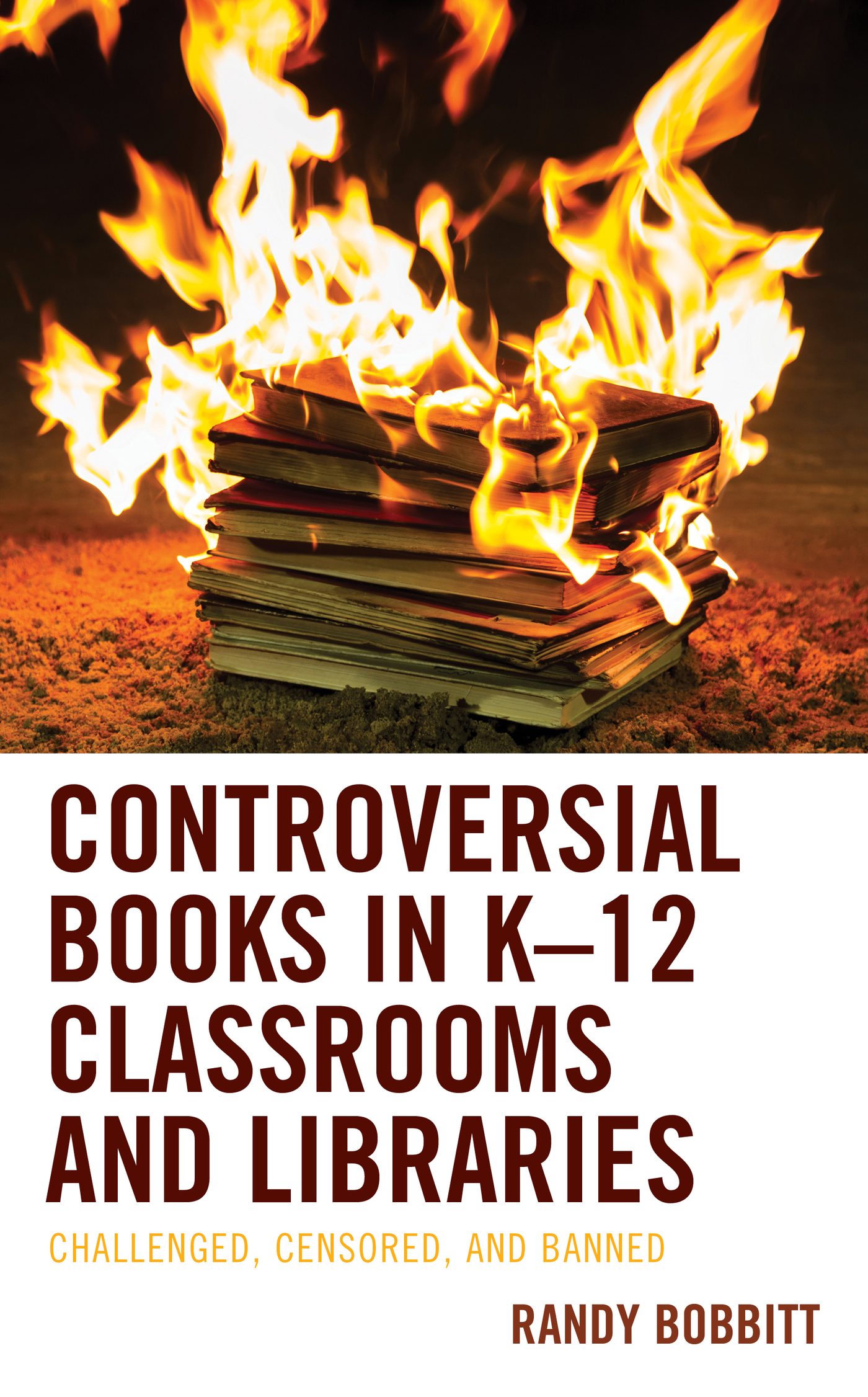Controversial Books in
K12 Classrooms and Libraries
Controversial Books in
K12 Classrooms and Libraries
Challenged, Censored, and Banned
Randy Bobbitt
LEXINGTON BOOKS
Lanham Boulder New York London
Published by Lexington Books
An imprint of The Rowman & Littlefield Publishing Group, Inc.
4501 Forbes Boulevard, Suite 200, Lanham, Maryland 20706
www.rowman.com
6 Tinworth Street, London SE11 5AL
Copyright 2019 by The Rowman & Littlefield Publishing Group, Inc.
All rights reserved. No part of this book may be reproduced in any form or by any electronic or mechanical means, including information storage and retrieval systems, without written permission from the publisher, except by a reviewer who may quote passages in a review.
British Library Cataloguing in Publication Information Available
Library of Congress Cataloging-in-Publication Data
ISBN 978-1-7936-0787-4 (cloth : alk. paper)
ISBN 978-1-4985-6973-6 (electronic)
 TM The paper used in this publication meets the minimum requirements of American National Standard for Information Sciences Permanence of Paper for Printed Library Materials, ANSI/NISO Z39.48-1992.
TM The paper used in this publication meets the minimum requirements of American National Standard for Information Sciences Permanence of Paper for Printed Library Materials, ANSI/NISO Z39.48-1992.
To my parents,
who shared with me their love of reading
and their belief that books should be cherished rather than feared.
Preface
In the 1993 movie Groundhog Day, the central character wakes up each morning only to find that the new day is a repeat of those he experienced previouslyeven to the point at which he constantly relives previous news events.
I know how he feels. Long before I began researching this book, I frequently read news stories about controversial books in school classrooms and libraries. Each time, I felt that I had read the story beforeat least three times.
I was a high school senior in the early 1970s when Flowers for Algernon was a popular target for would-be book banners who wanted it out of school libraries. Its a powerful story about adolescence that's loaded with valuable life lessons, but within the 274 pages of that meaningful book was also a brief mention of masturbation. Apparently, the thinking was that if the book was not available to children, they would have no other ways to learn about masturbation. Fortunately, school boards across the country correctly decided that Flowers should remain on the library shelves, and the issue of removing books from school libraries was put to rest. Or so I thought.
A decade later, in the early 1980s, Maya Angelou's autobiographical I Know Why the Caged Bird Sings was the target of would-be book banners. The book was about the struggles of a young black girl to overcome a childhood of sexual molestation, rape, and pregnancy.
Again, getting the book out of the school libraries became an obsession among the would-be book banners. Apparently, the thinking was that if the book was not available to children, they would have no other ways to learn about sexual molestation and teenage pregnancy.
Fortunately, school boards across the country correctly decided that Caged Bird should remain on the library shelves, and the issue of removing books from school libraries was again put to rest. Or so I thought.
In the early 1990s, Mark Twains Adventures of Huckleberry Finn was the target of would-be book banners. Some parentsboth black and whitewere upset that the book that Twain penned in 1884 included heavy use of racial slurs. Getting the book out of the classroom and out of the school libraries became an obsession among the would-be book banners. Apparently, the thinking was that if the book was not available to children, they would not hear the N-word in any other setting.
At the time I was a college professor teaching classes that dealt with issues such as freedom of expression and intellectual curiosity. Even though I was in a college classroom and the debate was over reading materials in K12, I knew enough about how education works to see that a valuable teaching opportunity was being missed. I remember thinking that teachers could explain to students, this is how people talked and wrote in the 1800s. Today, we dont use that word in polite conversation because it is an insult. Or something to that effect.
But instead, some teachers were skipping right over the racial slurs without providing the context, or worse, giving in to political correctness and avoiding the book altogether.
Fortunately, most school boards correctly decided that Huckleberry should remain in the classroom and on library shelves, and the issue of removing books from school libraries was finally put to rest. Or so I thought.
I had just moved to North Carolina in the early 2000s when a new target for the would-be book banners was King & King, a book with gay characters. Im not claiming that the book was appropriate for all grade levels. For the younger grades, I agreed with local teachers and librarians who suggested that the book be placed behind the circulation desk and available on a limited basis. For slightly older students, the book could be used as a teaching opportunitymuch like Huckleberry Finn.
But theres a dangerous slippery slope involved when we talk about removing books from the library altogether. It may start with King & King, and then advance to some other books that concerned parents or school board members may label as offensive or controversial.
Decisions on what books should be assigned reading in K12 classrooms and available in school libraries has been controversial since the 1950s. During that decade, school boards and other politicians were sensitive mostly to Cold War values of patriotism, love of country, and respect for authority; many materials contradictory to those values were not allowed in classrooms or libraries. However, because media coverage of those decisions was minimal, there was not enough awareness in the surrounding communities to generate public controversy.
That changed in the 1960s, when media interest in the inner workings of schools, along with more aware and concerned parents, caused the issue of book-banning to become part of the culture wars. References to sex, sexual identity, birth control, masturbation, abortion, suicide, and alcohol and drug use caused hundreds of books to be deleted from classroom reading lists and removed from school librarieseven in cases in which the topics were dealt with in ways that were constructive (as opposed to glorifying negative behavior). Some works of fiction were banned simply because their central characters engaged in behavior that was considered disrespectful of parental authority.
The so-called book wars have continued into the new century, with scrutiny coming not only from politicians and school leaders, but also from parents, religious leaders, and national special-interest groups.
An important note about the title of the book and the use of certain verbs: Like many observers, prior to beginning this research I erroneously believed that the verbs censor, ban, and challenge all meant the same thing. But according to the American Library Association, National Coalition Against Censorship, and National Council of Teachers of Englishthree organizations that find infringements on freedom of expression anathemathe three verbs are not interchangeable. Censorship, by their definition, is when specific content is removed from a book but the book itself is still in use, minus the controversial content (there are actual cases in which school administrators have marked through specific passages in a book or used scissors to cut out offending pages).
Next page
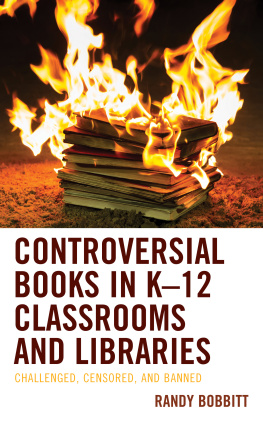
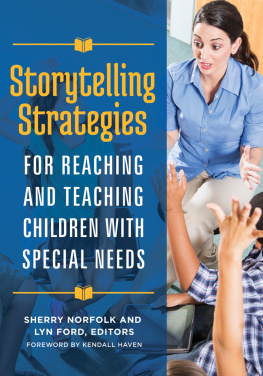
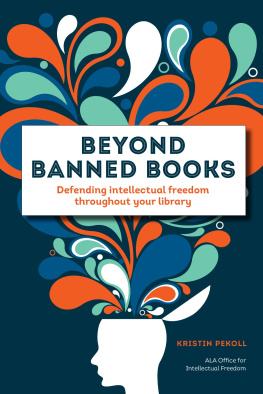

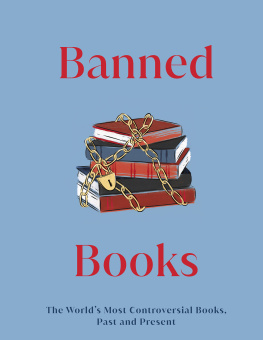
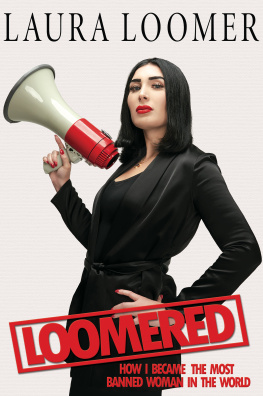
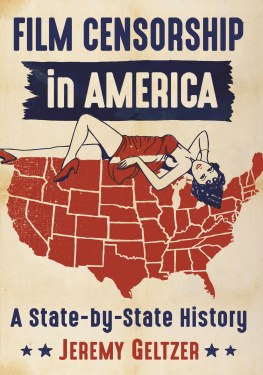
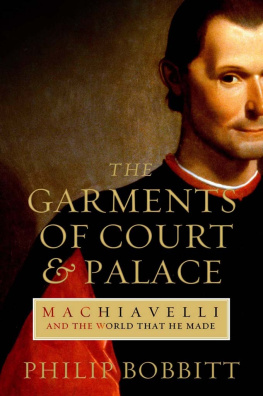


 TM The paper used in this publication meets the minimum requirements of American National Standard for Information Sciences Permanence of Paper for Printed Library Materials, ANSI/NISO Z39.48-1992.
TM The paper used in this publication meets the minimum requirements of American National Standard for Information Sciences Permanence of Paper for Printed Library Materials, ANSI/NISO Z39.48-1992.